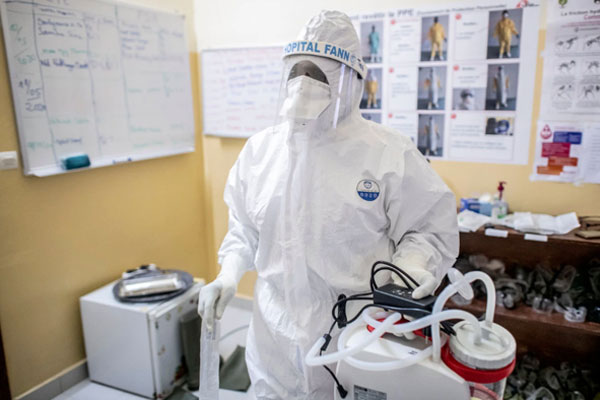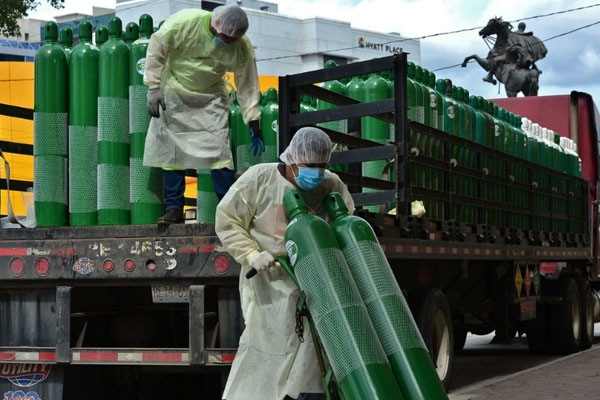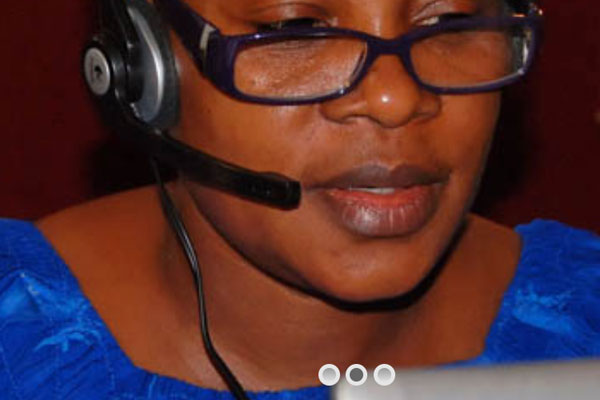Scarce Medical Oxygen Worldwide Leaves Many Gasping For Life
tc4a 11 Jul 2020

Oxygen is one of the most important interventions, (but) it’s in very short supply,” said Dr. Tom Frieden, former director of the U.S. Centers for Disease Control & Prevention (CDC) and now CEO of Resolve to Save Lives. Across sub-Saharan Africa, oxygen is a costly challenge for government-funded medical facilities such as Guinea's Donka public hospital in the capital, Conakry. The hospital's planned oxygen plant has never started up. So instead of piping oxygen directly to beds, a secondhand pickup truck carries cylinders over potholed roads from Guinea’s sole source of medical-grade oxygen, the SOGEDI factory dating to the 1950s. Outside the capital, in hospitals and medical centers in remote villages and major towns, doctors say there is no oxygen at all.
In Democratic Rep. of Congo, only 2% of health care facilities have oxygen; in Tanzania, it’s 8%, and in Bangladesh, 7%. In Bangladesh, the lack of a centralized system for the delivery of oxygen to hospitals has led to a flourishing market in the sale of cylinders to homes.
In India the situation is better but far from optimal, as this April article by Bloomberg | Quint describes.
For many severe COVID patients, hypoxia — radically low blood-oxygen levels — is the main danger. Only pure oxygen in large quantities buys the time they need to recover. Oxygen is also used for the treatment of respiratory diseases such as pneumonia, the single largest cause of death in children worldwide. Yet until 2017, oxygen wasn’t even on the World Health Organization’s list of essential medicines.
To read the New York Times article by Donald McNeil from which this is excerpted, click here.

